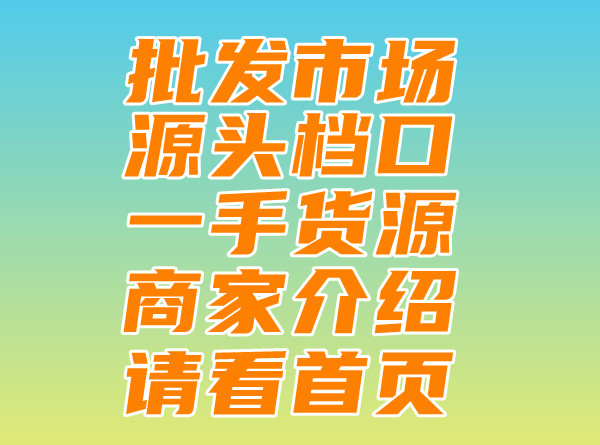Luxury Goods: 1 to 1 Profit Margin Exploration
Luxury Goods: 1 to 1 Profit Margin Exploration,
Luxury Goods and the Profitability of a One-to-One Ratio
In the realm of high-end retail, luxury goods occupy a unique space. From designer jewelry to high-performance automobiles, the premium products in this category offer more than just exceptional quality; they provide an exclusive and often symbolically charged experience to the consumer. With such an elevated status comes significant profit potential for businesses, and one of the key factors is the one-to-one profit ratio, which we will explore in this article.
What is the One-to-One Profit Ratio?
The one-to-one profit ratio refers to the scenario where a business earns an amount of profit equivalent to the sales revenue it generates from each unit of a specific product, especially in the case of luxury goods. In simple terms, if a luxury item is sold for a certain price, the business hopes to make close to that amount in profit from its sale. The profitability of this ratio depends on several factors inherent to the luxury goods market.
Factors Affecting Profitability in Luxury Goods Market:
Firstly, the unique and often bespoke nature of luxury goods means that they are typically priced higher than regular products. This higher price point allows for a higher profit margin per unit sold. Additionally, limited edition items or high-end craftsmanship further justify the high price tag and contribute to profitability.
Secondly, the luxury goods market is not as price-sensitive as other markets due to the target consumer base. Luxury shoppers often prioritize quality, brand reputation, and exclusive experiences over price, which again works in favor of the one-to-one profit ratio. Furthermore, these shoppers often perceive higher prices as an indicator of superior quality or limited availability, further enhancing profitability.
How Does the One-to-One Profit Ratio Apply to Luxury Goods?
In the luxury goods industry, businesses aim to create a niche market experience and often focus on brand positioning and limited supply. This approach is particularly effective when it comes to achieving a one-to-one profit ratio. The strategy of creating scarcity or offering exclusive designs drives up demand and maintains the premium pricing even as costs increase due to quality inputs and craftsmanship. When demand remains high and costs are controlled effectively, businesses can achieve close to a one-to-one profit ratio on each unit sold.
Conclusion:
The profitability of a one-to-one profit ratio in the luxury goods industry is dependent on several factors including high product pricing, niche market targeting, brand reputation, and limited supply. Luxury brands that successfully manage these elements can enjoy high profits and sustained success in their niche market. As competition in the luxury goods industry continues to intensify, maintaining a healthy one-to-one profit ratio will be crucial for businesses seeking long-term success.

- Replica Bag Manufacturers: Quality & Tradition in Production最新鲜最实用的游戏评测已经在这里发布!了解您想要的游戏吧!标题:【Classic Style with Quality:Replica Bag Manufacturers】您可能还对某些内容感兴趣!了解复古游戏产业的真实评价和最权威的市场动态!这个标题既包含了关键词,又体现了复刻版包厂家对质量和传统工艺的重视。
- LV牛角包 Guangzhou Remake Edition - Exquisite Style and Quality Review
- Luxury Bag Bead Replica Prices: A Brand Analysis
- "Guangzhou Coach Replica Bags: A Closer Look"
- "Reproduction Watch Packaging: An Insight into Cargo Delivery Replication"
- "Replica Women's Bags in Micro-commerce: A New Trend Analysis"
- Buying LV Replica Bags: A Guide to Quality and Style
- "Master Soup Maker's Taste Recreated: Replicating Tang Da Ren Soup Mix"


